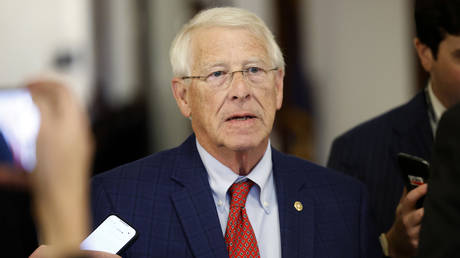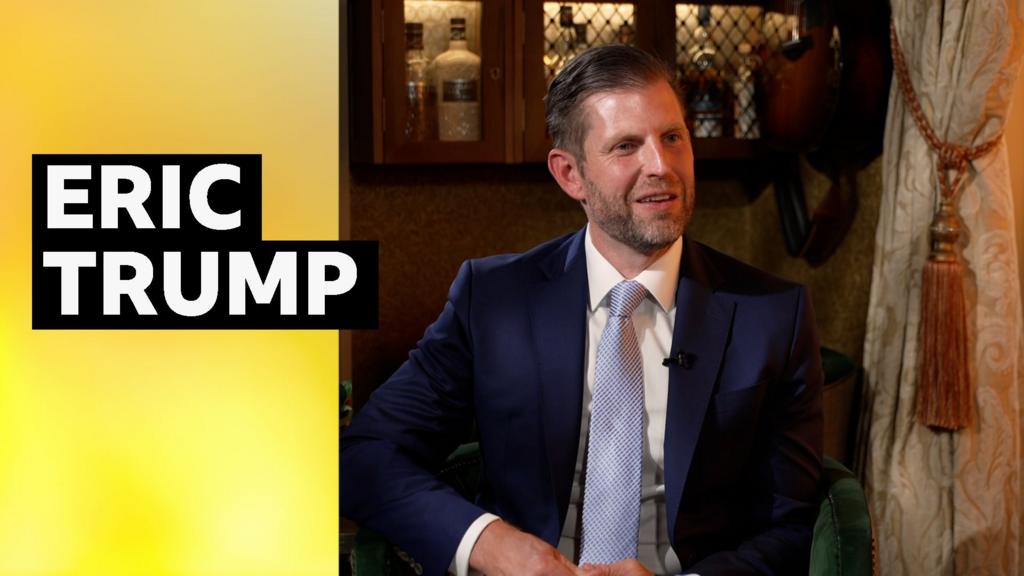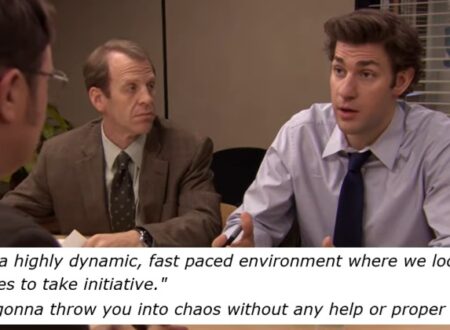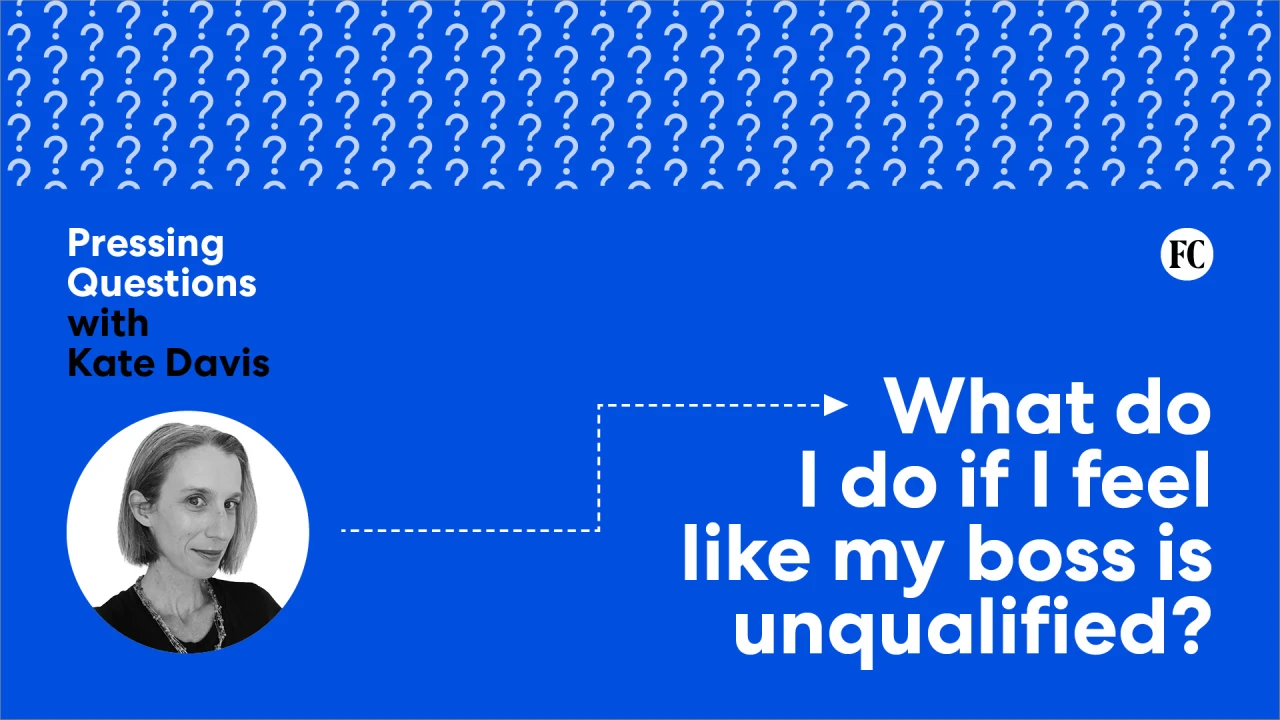Why sparing someone’s feelings can undermine trust

Leaders known for their emotional intelligence often pride themselves on cultivating trust, psychological safety, and genuine connection with their teams. These are essential assets in any leadership toolkit, particularly in environments that rely on collaboration, creativity, or mission alignment.
But inevitably, there are moments when these strengths—empathy, warmth, patience—need to be supplemented with something sharper: clarity, candor, and the ability to speak directly when the situation calls for it.
If you lead with empathy, you may already be adept at sensing how people are feeling and anticipating the downstream consequences of your words. But in certain moments, the harder leadership move isn’t to hold space. It’s to draw a line and provide someone a necessary reality check. Conversations like these often feel uncomfortable, but they ultimately serve the integrity of your team, your organization, or the individual themselves.
Confusing directness with harm
Many conscientious leaders hesitate to be fully direct because they conflate honesty with harshness. The fear is understandable: no one wants to be perceived as punitive, cold, or unfeeling. So we delay giving feedback—hedging our language and prioritizing emotional comfort over organizational clarity.
But avoiding the truth rarely protects people—it usually disorients them.
What erodes trust over time isn’t directness; it’s the absence of it. It’s the vague feedback that leaves a team member guessing. The unspoken performance concern that festers behind the scenes. The dissonance between what’s said in public and what’s whispered in private.
Said differently: kindness without clarity is often just misplaced anxiety.
Directness as a form of respect
When a performance issue arises or a behavioral pattern needs to shift, it’s worth asking: What does this person deserve to know?
Assuming your intent is constructive—not punitive—being direct is a sign of respect. It assumes the person is capable of hearing hard truths and of responding thoughtfully. It also models the type of culture most high-performing teams want: one where feedback is not weaponized, but neither is it avoided.
A few ways to ground a direct conversation in professionalism and respect:
- “I want to have a conversation that’s candid, because I take your role and your contribution seriously.”
- “This might be hard to hear, but I trust your ability to receive it—and respond in a way that reflects your strengths.”
- “I’m raising this because I value your place on the team and I want to make sure we’re aligned moving forward.”
This kind of framing can’t mask a poorly handled message—but it can open the door to a conversation grounded in mutual respect, rather than defensiveness.
Delivering clarity without cruelty
A direct conversation should be just that—direct. That means no extended preamble, no hedging language, no passive-aggressive tone. Say what you need to say plainly, and without dramatizing or editorializing.
Consider this structure:
- Signal the conversation’s purpose: “I want to give you some candid feedback about how you’re showing up on the team.”
- Name the issue specifically: “You’ve missed several key deadlines this quarter, and it’s created ripple effects for others.”
- Explain the impact: “People are waiting on your contributions, and timelines are slipping. It’s affecting morale.”
- Invite dialogue: “I’m curious how you’re seeing this—do you agree with that assessment?”
- Identify a clear next step or standard: “We need to see improvement over the next month, and I’m happy to support you—but the expectations are non-negotiable.”
This approach allows you to balance accountability with collaboration. It removes ambiguity while still inviting the other person into the solution.
Anticipate discomfort—but don’t personalize it
Even a well-structured conversation may evoke a strong emotional response: frustration, embarrassment, disappointment, defensiveness. This is part of the process—not an indication you’ve mishandled the exchange.
Resist the urge to over-explain, soften your message mid-stream, or rush in to repair the other person’s reaction. If the message is true and necessary, the short-term discomfort is a feature of the process, not a bug.
One helpful internal reframe: This may feel hard, but that doesn’t mean it’s harmful. It means it matters.
Of course, how you follow up also matters. If the person is emotionally reactive or distressed, you can acknowledge the emotion without retreating from the content. A simple “I know that was a lot to take in—let’s revisit this in a few days after you’ve had a chance to reflect” can provide space for integration while still maintaining accountability.
Clarity shapes culture
Handled well, these conversations aren’t just about individual performance—they shape your organizational culture. When feedback is delayed, filtered, or inconsistently delivered, teams become unclear about what’s expected, what’s tolerated, and what success actually looks like.
Conversely, when leaders are willing to say the hard thing—with steadiness and respect—it signals that performance standards matter, and that team dynamics are worth protecting.
Direct communication becomes an act of stewardship: protecting the integrity of the organization, safeguarding the cohesion of the team, and supporting the growth of the individuals within it.
Final thought
Some people are naturally more direct; others more sensitive to tone and relationship dynamics. But having hard conversations isn’t about personality—it’s about discipline. It’s a practice. And like any other leadership muscle, it gets stronger with use.
For the empathic leader, the goal isn’t to stop caring or to suppress emotional intelligence. It’s to channel those qualities into a leadership style that’s both principled and effective.
The best leaders don’t choose between empathy and clarity. They hold both. And they have the courage to speak candidly—even when it’s uncomfortable—because they understand that clarity is what allows empathy to be sustainable over time.
What's Your Reaction?
 Like
0
Like
0
 Dislike
0
Dislike
0
 Love
0
Love
0
 Funny
0
Funny
0
 Angry
0
Angry
0
 Sad
0
Sad
0
 Wow
0
Wow
0
.jpg?width=1200&auto=webp&trim=0,117,0,183#)




















































![The Challenge Premiere: Cara Maria Sorbello Breaks Down That ‘Wild’ First Challenge, Why [Spoiler] Was Eliminated](https://tvline.com/wp-content/uploads/2025/07/the-challenge-vets-and-new-threats-premiere.png?#)





































